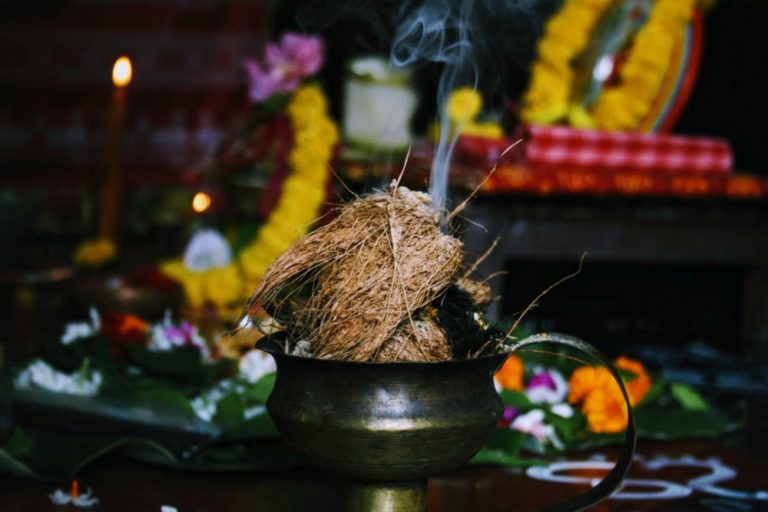
Navratri, the festival celebrated in various parts of India. The first mention of navratri comes from the Markandeya Purana, where it’s mentioned how the nine forms of the Goddess Durga are to be worshipped during this period. It’s a time to pray, fast and feast. The nine days of Navratri, leading up to Dussehra and culminating on Diwali, is a special time for lot of people around the country. The sole purpose of the ritual fasts associated with these festivals is to purify, cleanse or detoxify the body.
Learn the rules
Usually during navratras, nine days of serious fasting is done. In some cases, because of hectic work schedules, many people nowadays choose to fast for only two days. In these fasting days, many of us feel the need to constantly munch on something, or indulge in too many fried and fattening foods. So, here we are providing you with some of the fasting principles and remedies, to maintain your navratras healthy and full of nutrition.
Firstly, keep in mind, you must have plenty of fluids—35ml water/kg body weight. Drinks like fresh coconut water, fresh lemon water, buttermilk in rock salt, or sendha namak, will help keep you hydrated. Green tea can also be taken along with your meals. Or you can chill it for a refreshing drink during any part of the day.
Satvik vs tamasik
You can take the traditional flours and grains that are a part of the navratri diet: buckwheat (kuttu) flour, water chestnut (singhara) flour, amaranth (rajgira) flour, millet (saame) flour and sabu dana. Sendha namak is the only salt one can use during navratri, which is quite good for your blood pressure and helps in absorption of various minerals as compared to common salt. In fact, in the navratra fasting all the food items that make the body feel heavier, bloated, or induces acidity are avoided. They are also classified as tamasik food: onions, garlic, lentils and legumes, asafoetida (hing), mustard (sarson), fenugreek (methi), garam masala, alcohol, meat, poultry (chicken and eggs), coffee, and refined oil.
Super foods
These ingredients of navratri foods are extremely nutritious. The cereals are basically rich sources of healthy carbs, proteins, fibre, minerals and vitamins and are all gluten-free too. The vegetables allowed are super foods loaded with huge amount of antioxidants, vitamins and minerals. The whole structure of the navratri vrat, or fasts, supports the idea of maintaining or achieving a healthy lifestyle, if followed in proper manner. One has to be really good on fruits and liquid intake, also have to maintain frequent small-meal intake. Of course, one should not end up having just potatoes, sago (sabudana) fritters, and deep fried stuff, like pakoras and vadas, rather eat more roasted makhana, fruits, coconut water, buttermilk, healthy fruit smoothies, dry fruits etc. Keep the cooking oil to the minimum and avoid adding to much of sugar to your milk shakes and tea.
Recent Post
Crafted by Webcreatore Digital Solutions LLP.






